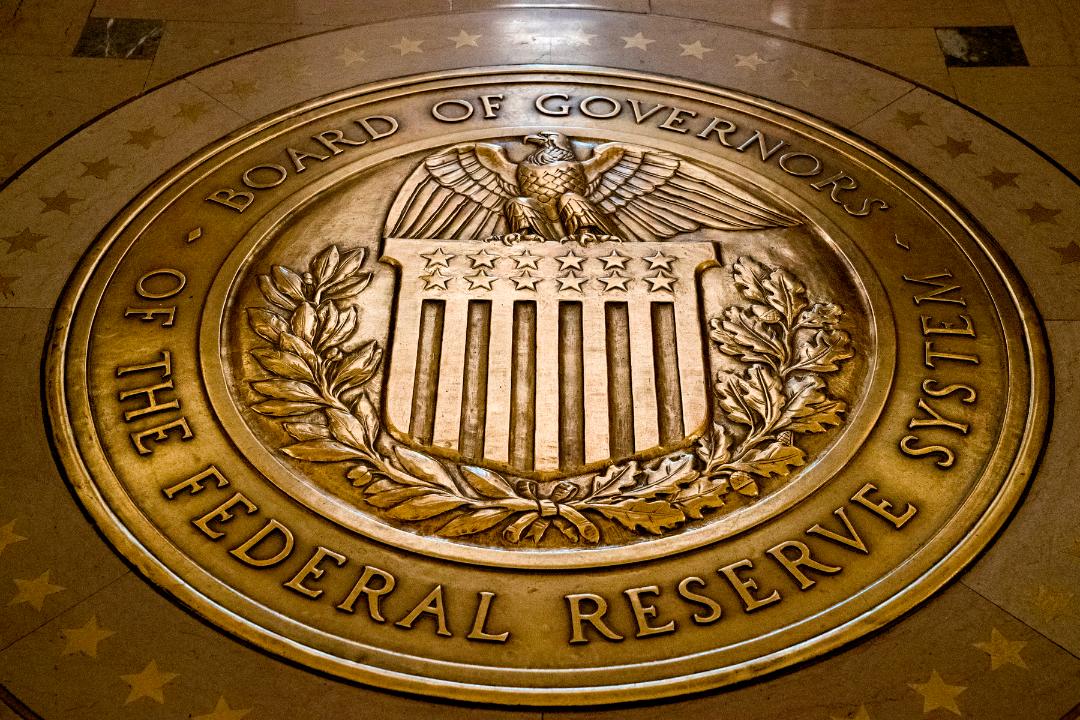Trump probably won't get the big rate cut he craves
President Trump has been pounding the table for a “big” rate cut, but likely won’t get his wish when the Fed announces its latest policy decision on Wednesday.
Traders are pricing in an 86.5 percent chance the U.S. central bank cuts rates by 25 basis points to a range of 1.75 percent to 2 percent, according to Bloomberg data. They see a 13.5 percent chance of a 50 basis-point cut.
“It’s quite likely the Fed cuts by 25 basis points,” Eric Lascelles, chief economist at RBC Global Asset Management, told FOX Business from Toronto. “Fifty basis points is pretty much off the table, given that disaster has been avoided for the moment and inflation is now running at 2.4 percent for core.”
Michelle Meyer, chief U.S. economist at Bank of America Merrill Lynch in New York, agrees with Lascaelles about the size of the cut.
“The Fed sees this as an insurance-type cut," Meyer said. “They are cutting proactively in order to ensure that the recovery continues.”
A 25 basis-point reduction would fall short of the “big” rate cut that Trump has been calling for. He has repeatedly said the economy would “rocket” higher if the Fed would only do its part.
“The United States, because of the Federal Reserve, is paying a MUCH higher interest rate than other competing countries,” the president tweeted Monday, noting the effect on oil prices of an attack on Saudi production.
“They can’t believe how lucky they are that Jay Powell & the Fed don’t have a clue. And now, on top of it all, the Oil hit. Big Interest Rate Drop, Stimulus!“
A rate cut on Wednesday would be the Fed’s second in as many meetings as it presides over what Chairman Jerome Powell has called a “mid-cycle adjustment.”
“In this meeting, I think that the language will be a bit different,” Meyer said.
“I don’t think there will be as much focus on a mid-cycle adjustment, and I think that there will be more focus on the idea that the Fed has the tools in place to do what it takes to underpin the economy and make sure that the recovery continues," she said. "It will have more of a dovish tone than the July meeting, given that we’ve seen slower economic growth since then and we’ve also seen greater risks specifically around the trade war.”
Slowing growth and an inverted yield curve -- a signal from bond markets that investors are more worried about the current economy than future conditions, which are typically more difficult to predict -- have spooked investors and sparked recession fears on both Wall Street and Main Street.
The U.S. economy grew at a 2 percent rate in the second quarter, down from 3.1 percent at the start of 2019. Lascelles believes the U.S. economy will avoid a recession, or at least two consecutive quarters of negative growth. He sees the economy growing at 2.5 percent this year and 1.75 percent in 2020.
“I happen to think we are really on a knife edge right now and that’s why a lot of the recession models out there ultimately point to recession risks that are in the 30-50 percent range,” Lascelles said.
“It’s entirely conceivable that with central bank help and a bit of good luck on Brexit and tariffs that the expansion can continue, but it's undeniable that we are getting a lot of late-cycle signals.”
Both Meyer and Lascelles agree Trump wants big rate cuts in order to support economic growth.
“President Trump is fighting a trade war right now, so the more stimulus he can inject into the economy, the longer he can hang in with China and the more tariffs he can apply to secure a better deal,” Lascelles said.
Meyer cautioned there are some consequences to lower rates and easier monetary policy as a way of weakening the dollar, supporting exports and buoying the economy.
CLICK HERE TO READ MORE ON FOX BUSINESS
“When you think about what are the potential costs of doing that, it would be stoking inflation fears or creating financial market instability,” she said.

